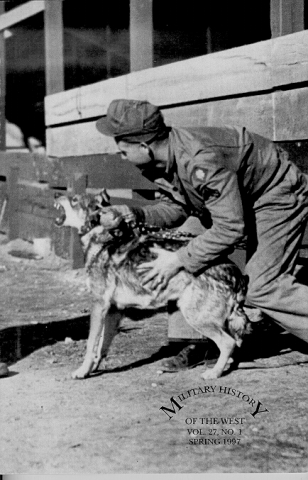Volume 27, No. 1, Spring 1997
- Vol. 19, No. 1, 1989
- Vol. 21 (Fall 1991), No. 2
- Vol. 21 (Spring 1991), No. 1
- Vol. 22 (Fall 1992) No. 2
- Vol. 22 (Spring 1992), No. 1
- Vol. 23 (Fall 1993), No. 2
- Vol. 23 (Spring 1993), No. 1
- Vol. 24, No. 1, Fall 1994
- Vol. 24, No. 2, Fall 1994
- Vol. 29, No. 1, Spring 1999
- Vol. 29, No. 2, Fall 1999
- Vol. 30, No. 1, Spring 2000
- Vol. 30, No. 2, Fall 2000
- Vol. 31, No. 1, Spring 2001
- Vol. 31, No. 2, Fall 2001
- Vol. 32, No. 1, Spring 2002
- Vol. 32, No. 2, Fall 2002
- Vol. 33, 2003
- Vol. 34, 2004
- Vol. 35, 2005
- Vol. 36, 2006
- Vol. 37, 2007
- Vol. 38, 2008
- Vol. 39, 2009
- Vol. 40, 2010
- Volume 19, No. 2, Fall 1989
- Volume 20 (Fall 1990), No. 2
- Volume 20 (Spring 1990), No. 1
- Volume 25, No. 1, Spring 1995
- Volume 25, No. 2, Fall 1995
- Volume 26, No. 1, Spring 1996
- Volume 26, No. 2, Fall 1996
- Volume 27, No. 1, Spring 1997
- Volume 27, No. 2, Fall 1997
- Volume 28, No. 1, Spring 1998
- Volume 28, No. 2, Fall 1998
- Indices

MILITARY HISTORY OF THE WEST-TOC - 1997
Volume 27, No. 1, Spring 1997
Table of Contents
"'American Xenophon,' American Hero: Alexander Doniphan's Homecoming from the Mexican-American War as a Hallmark of Patriotic Fervor," pp. 1-31, by Joseph G. Dawson III.
Abstract: Using parades and speeches, Americans have long celebrated the homecoming of military
veterans. During and after the Mexican-American War, several cities and states lavished
recognition on their returning soldiers. Leading the list of such receptions was one
in 1847 held at St. Louis for Alexander Doniphan and his Missouri Volunteers, a remarkable
display of nationalism and patriotism.
Key Words: Alexander Doniphan; Mexican-American War; Missouri Volunteers; veterans' celebrations;
Xenophon
"The Fort Robinson War Dog Reception and Training Center, 1942-1946," pp. 33-58, by Thomas R. Buecker
Abstract: The creation and implementation of the K-9 Corps, an important and somewhat overlooked
aspect of World War II history, provided a valuable adjunct to combat troops and stateside
security. The K-9 Corps also gave American citizens another opportunity to contribute
to the war effort. The dog training center at Fort Robinson, Nebraska, played a critical
role in the success of the program.
Key Words: K-9 Corps; Dogs for Defense; Quartermaster Remount Depot; Fort Robinson, Nebraska;
World War II
"'The very best soldiers in the world': Two Surgeons Examine California's Civil War Recruits," pp. 59-82, by Julie A. Doyle and John David Smith.
Abstract: During the Civil War civilian physicians examined U.S. Army recruits, draftees,
and substitutes to determine their fitness for military service. Drs. Lorenzo Hubbard
and Alexander B. Doniphan examined approximately 1,600 men in California's Northern
and Middle Districts, respectively. Reports filed by Hubbard and Nixon following the
war provide valuable insights into California's medical and social history, especially
the doctors' understanding of the relation between disease and topography, climate,
and race.
Key Words: California; examining surgeons; Civil War medicine; Lorenzo Hubbard; Alexander B.
Nixon
"Scalping," pp. 83-86, by H. Henrietta Stockel
Abstract: On the American frontier, both Indians and non-Indians followed the practice of
taking a scalp trophy from an enemy. Although some victims survived this brutality,
most eventually perished from medical complications such as infection and decay of
the skull.
Key Words: Scalping; medicine; Indian wars